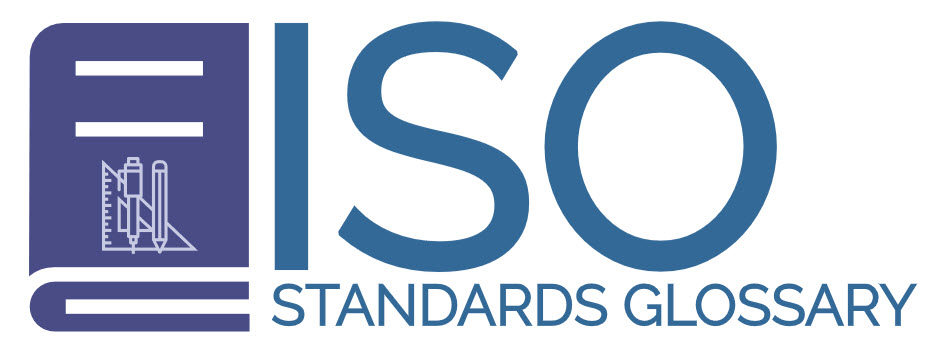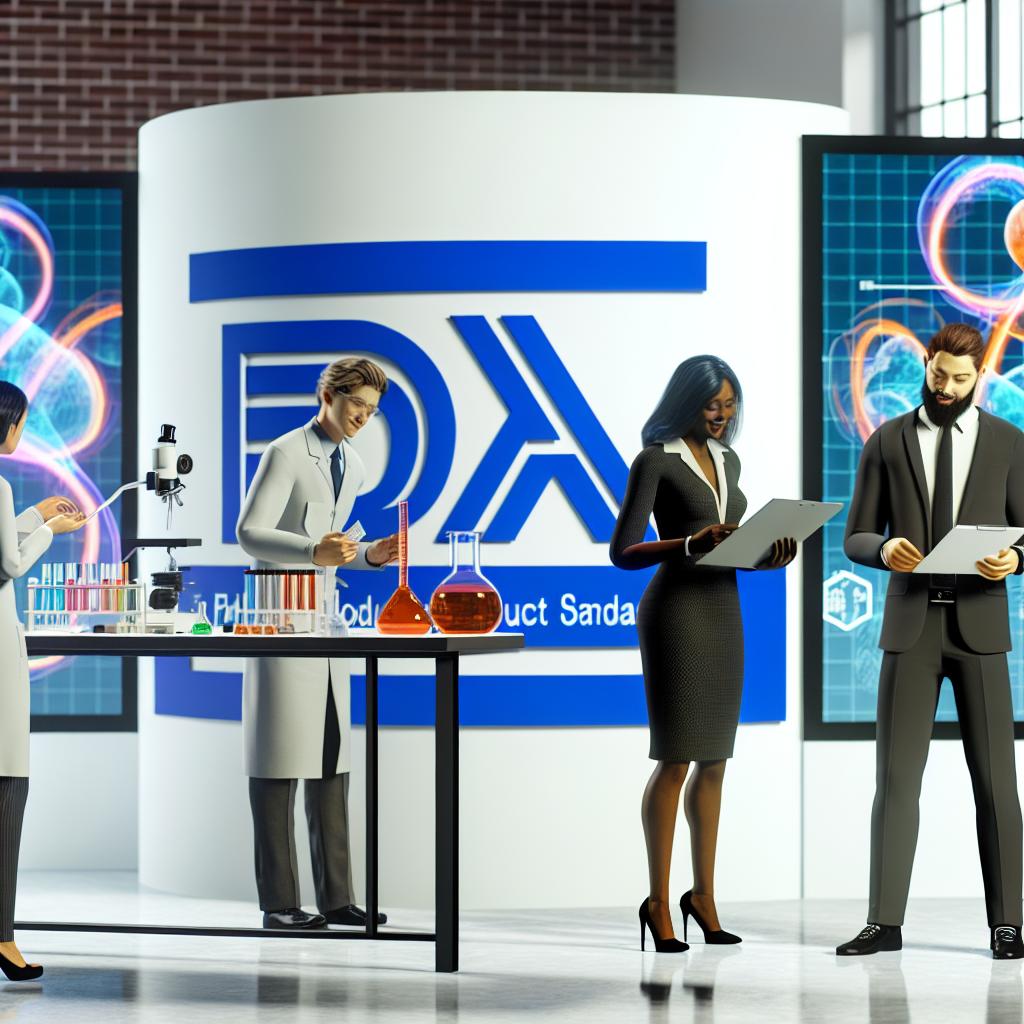The Role of FDA Regulations in U.S. Product Standards
The United States Food and Drug Administration (FDA) is a pivotal entity in safeguarding the health of the public and driving innovation within the United States by regulating the safety, efficacy, and security of a wide array of products. This includes, but is not limited to, drugs, food, cosmetics, and medical devices. The FDA’s regulatory framework is essential in maintaining high standards that not only protect the public but also foster scientific and technological advancements.
The Scope of FDA Regulatory Authority
The authority of the FDA covers a broad spectrum of products and industries, ensuring that safety and quality remain priority concerns within consumables and medical devices in the United States. Here is an in-depth look at the areas that fall under the FDA’s jurisdiction:
Food Quality and Safety: The FDA’s oversight encompasses both domestic and imported foods. Through various programs and initiatives, the agency ensures that food products meet safety standards. A significant aspect of this is the Food Safety and Modernization Act (FSMA), which mandates safe agricultural practices and responsible food manufacturing processes to mitigate risks of contamination and food-borne illnesses. The FDA’s regular inspections and monitoring help maintain confidence in the food supply chain and protect consumers from potentially dangerous products.
Drugs and Pharmaceuticals: One of the most critical roles of the FDA is its stringent regulation of drugs before they can enter the U.S. market. This involves a comprehensive clinical trial process designed to confirm the safety and efficacy of drugs. The rigorous review process involves multiple testing phases that ensure medications not only deliver the intended therapeutic effects but also have manageable side effects. Furthermore, innovative programs like Accelerated Approval and Breakthrough Therapy Designations enable faster access to promising therapies, especially in areas with unmet medical needs.
Medical Devices: Medical devices range from simple tools like tongue depressors to complex technologies like pacemakers. The FDA categorizes these devices into three classes based on the potential risk they pose. Class I devices are subject to the least regulatory controls, fitting products that pose minimal risk to the user. Class II devices require regulatory controls intended to ensure safety and effectiveness, whereas Class III devices necessitate the most stringent regulatory oversight. These typically sustain or support life and must undergo comprehensive premarket approval processes, which evaluate both safety and functionality before they reach consumers.
Impact on Public Health and Safety
The regulatory initiatives of the FDA profoundly affect public health by enforcing rigorous standards that ensure the safety, quality, and effectiveness of products. Here are some key areas where the FDA makes a substantial impact:
Reducing Health Risks: By establishing and maintaining stringent standards, the FDA plays a vital role in diminishing health risks associated with substandard or mislabeled products. The agency actively monitors products post-market, conducting risk assessments and implementing actions such as recalls and safety alerts when issues arise. This proactive stance helps protect consumers from harmful exposures and maintains trust within the marketplace.
Pioneering Scientific Innovation: The FDA also champions the development of new products and technologies through innovative regulatory pathways and collaborative research initiatives. This dual focus on rigorous safety standards and the efficient introduction of advancements means that new healthcare solutions can reach the public in a timely and safe manner. This is particularly seen in the pharmaceutical sector, where new drug applications are thoroughly vetted to accelerate public access to groundbreaking therapies.
Challenges and Future Directions
The FDA operates within a dynamically changing landscape of science and technology, facing challenges that require adaptation and foresight. Among the most pressing challenges are the rise of digital health technologies and the shift towards personalized medicine, both of which demand new, flexible regulatory approaches. In response, the FDA is engaging in several modernization efforts:
Integrating Advanced Technologies: Acknowledging the potential of modern technology systems, the FDA is actively incorporating innovations for more sophisticated and effective product monitoring and evaluation. Collaborations with technology firms and the use of artificial intelligence are beginning to provide novel solutions for regulatory oversight, enhancing the FDA’s capacity to manage and respond to the complexities of emerging products.
Adapting to Globalization: A significant portion of products in the U.S. are imported, necessitating a global outlook on standards and safety. The FDA has strengthened international cooperation to ensure product quality across borders. By engaging in global partnerships and information exchanges, the agency strives for alignment in international standards, which helps in maintaining uniformity and safety for products entering the U.S. market.
For individuals and professionals interested in delving deeper into specific FDA initiatives and guidelines, additional resources can be accessed through their official website. The website provides comprehensive details and updates concerning the regulatory practices that significantly influence product standards across the United States, offering valuable insights for stakeholders and consumers committed to health and safety.

